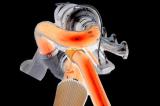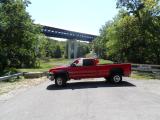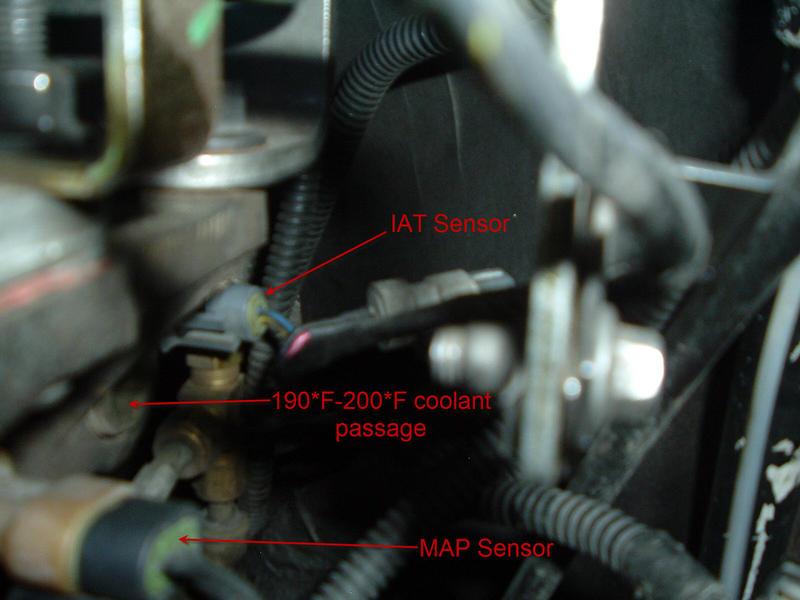- Replies 11
- Views 4.6k
- Created
- Last Reply
Top Posters In This Topic
-
 Mopar1973Man 3 posts
Mopar1973Man 3 posts -
 JOHNFAK 3 posts
JOHNFAK 3 posts -
 War Eagle 2 posts
War Eagle 2 posts -
 diesel4life 2 posts
diesel4life 2 posts




Alright so we all saw the youtube by now with the 2 gauges. Well that was a spearco intercooler... I was looking at a thread on CF and noticed a guy from diesel power mag said after stock boost numbers, the stock intercooler would start to fall on its face. Meaning anything over ~20psi. When they did their test they registered a 73F difference over ambient. They then swapped in a BD fancy intercooler and it maintained 10F over ambient max. This apparently made a 250F EGT difference. Now this was on a 1998 12 valve and one guy told me the VP44 trucks have intercoolers that flow 8% better, though I'm not sure. Still, testing needs to be done. Mike sees a good bit higher IAT than ambient and says the coolant heats the air but I am wondering if the intercooler heats the air as boost raises and sorta takes the place of the hot coolant. If he has a lot of boost then there is a lot of air flow and I am not sure it would gather much heat from the manifold. I think there is a balance act going on between intercooler heat and manifold heat between low and high rpm but I would have to test this to be sure.